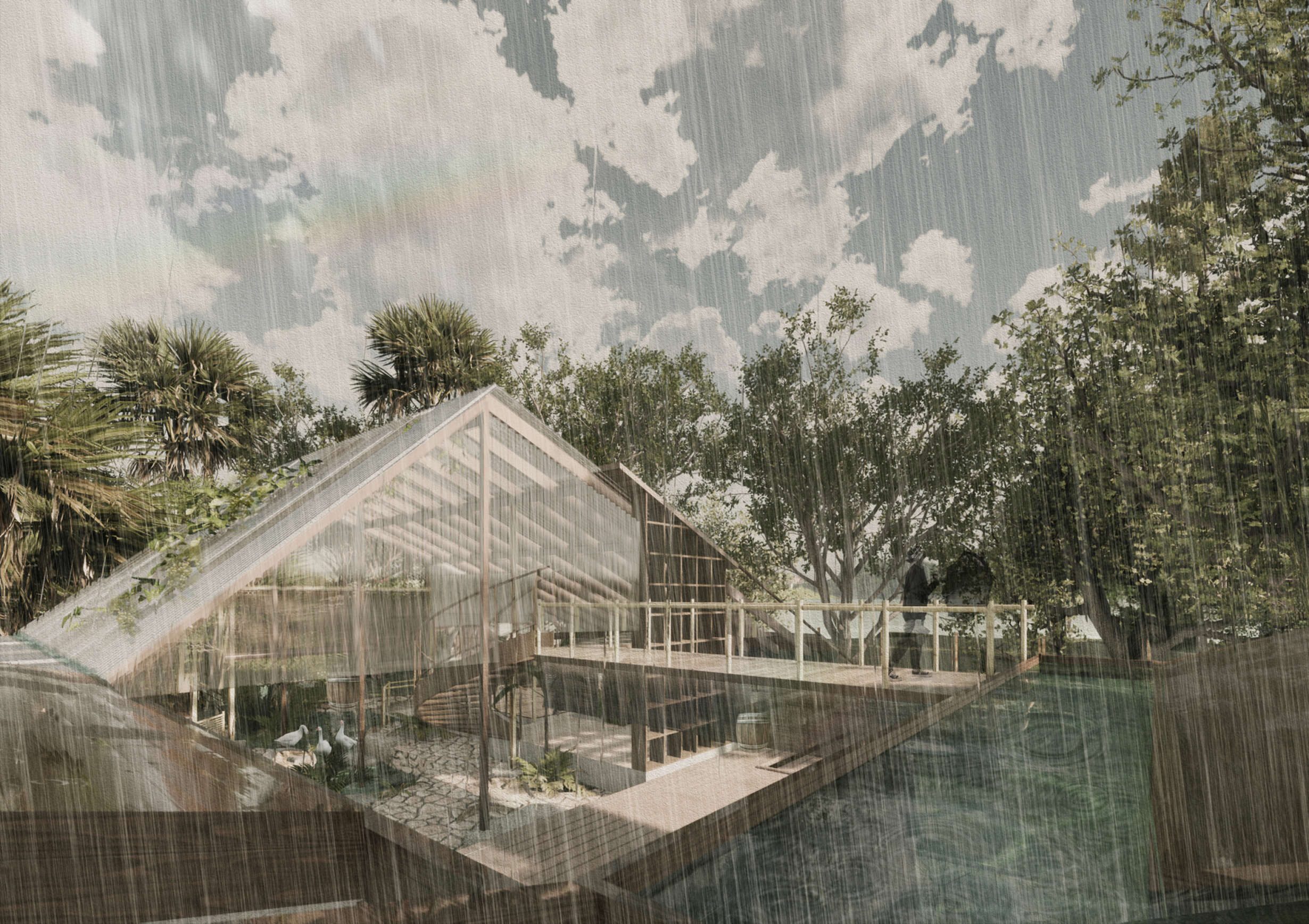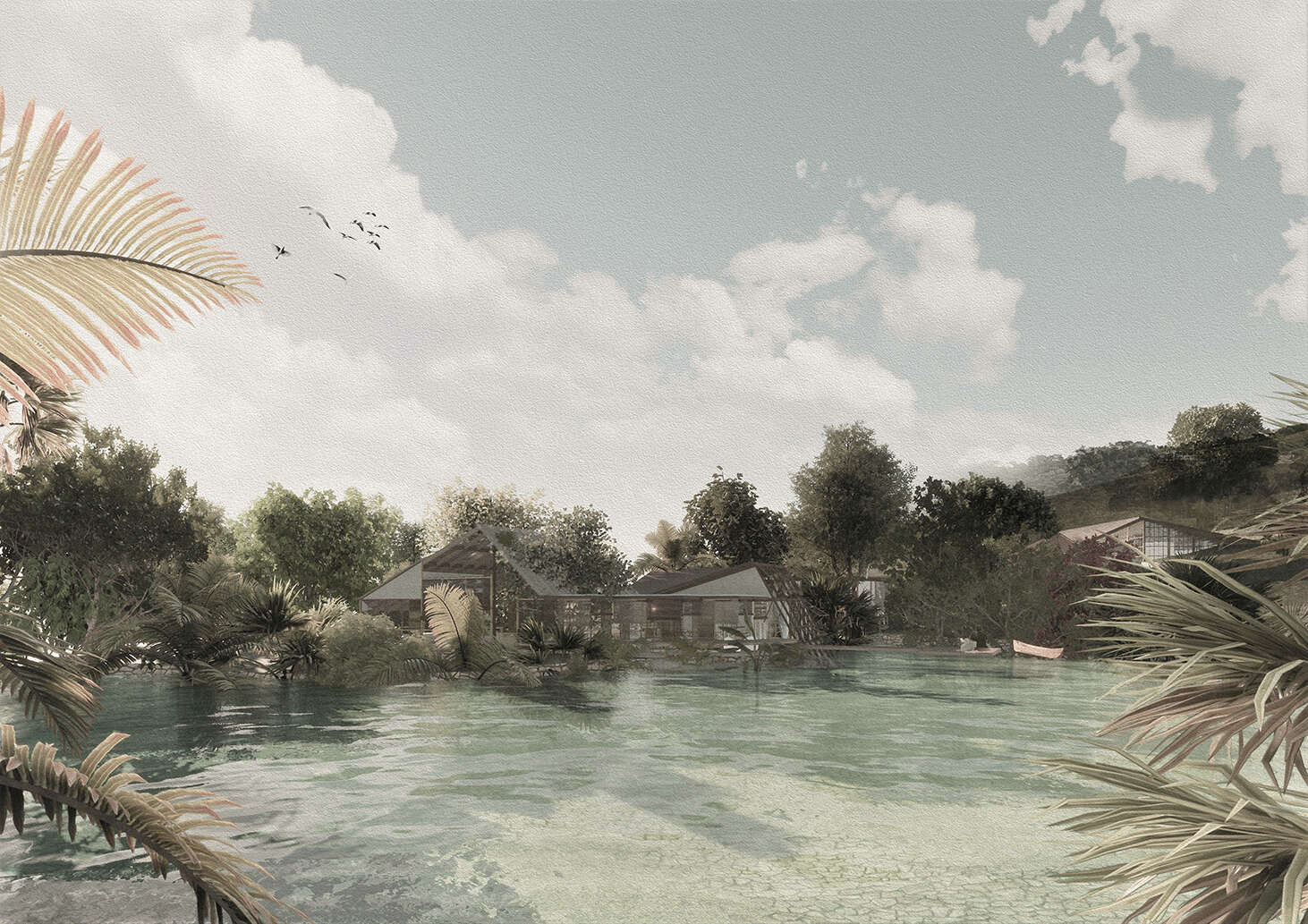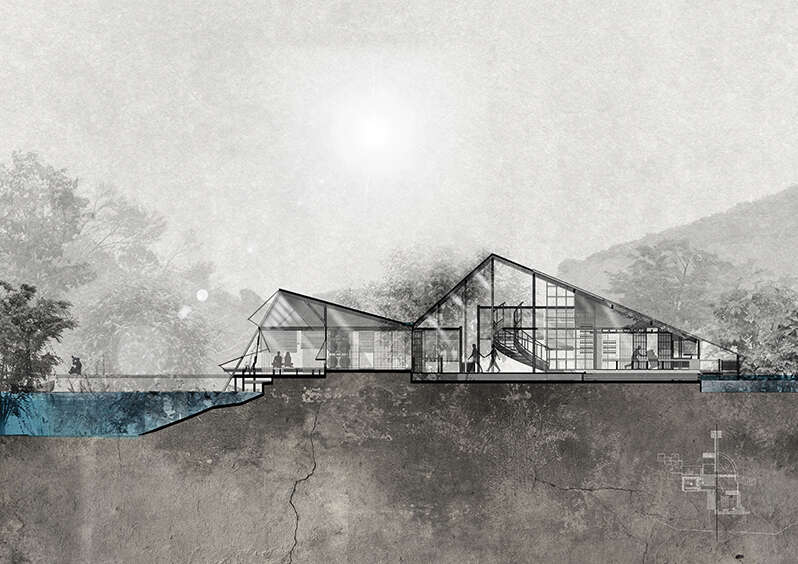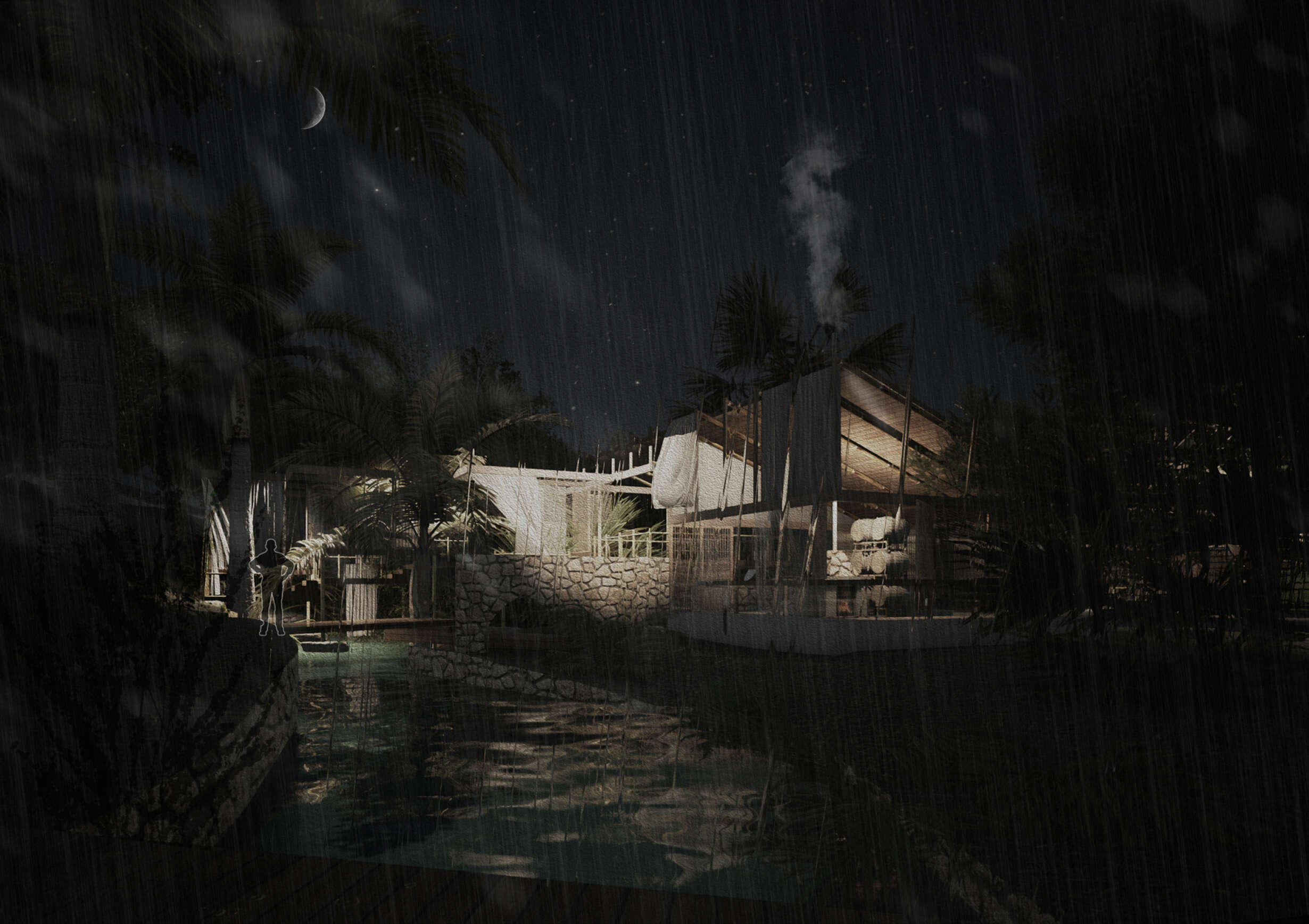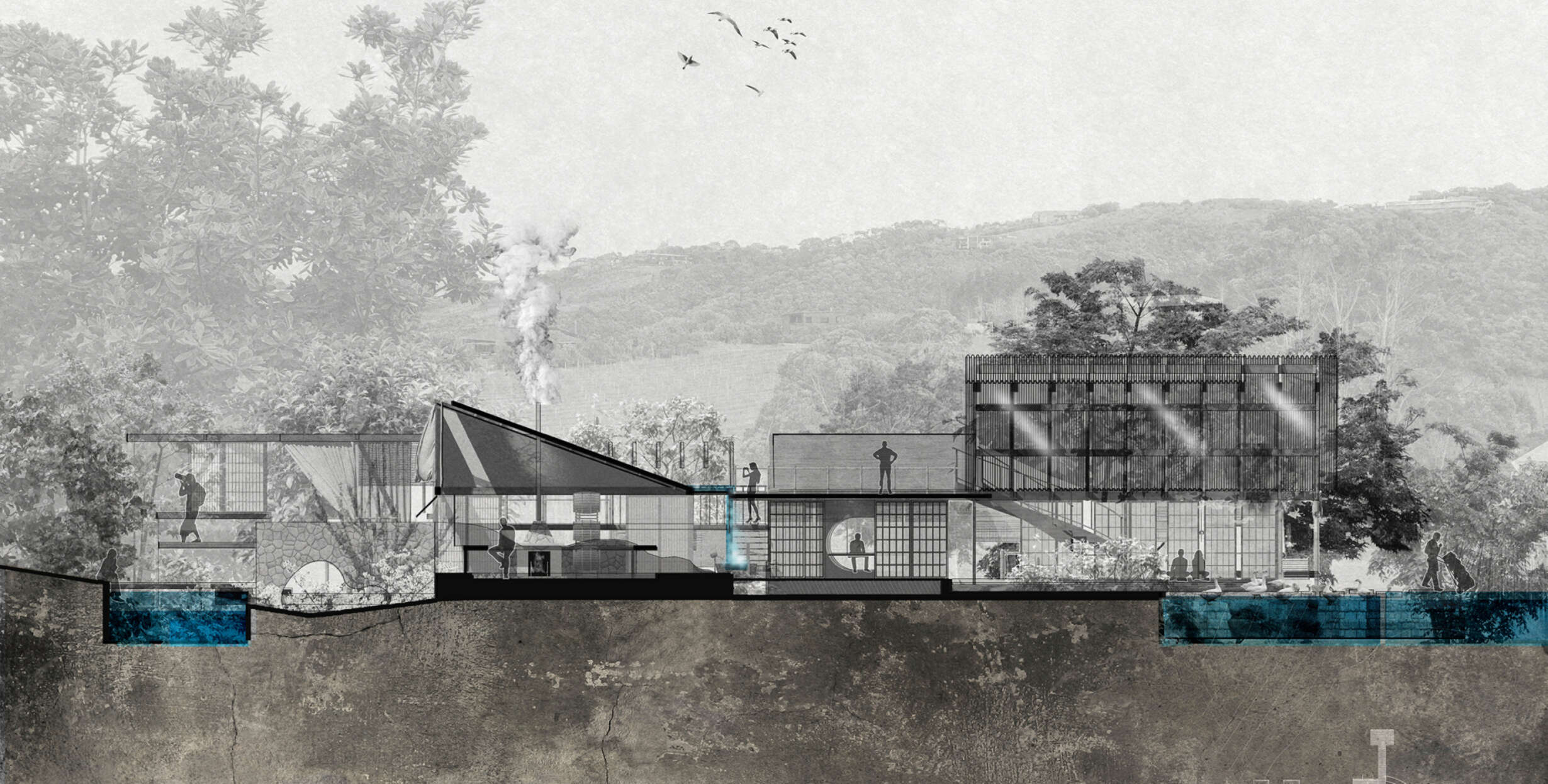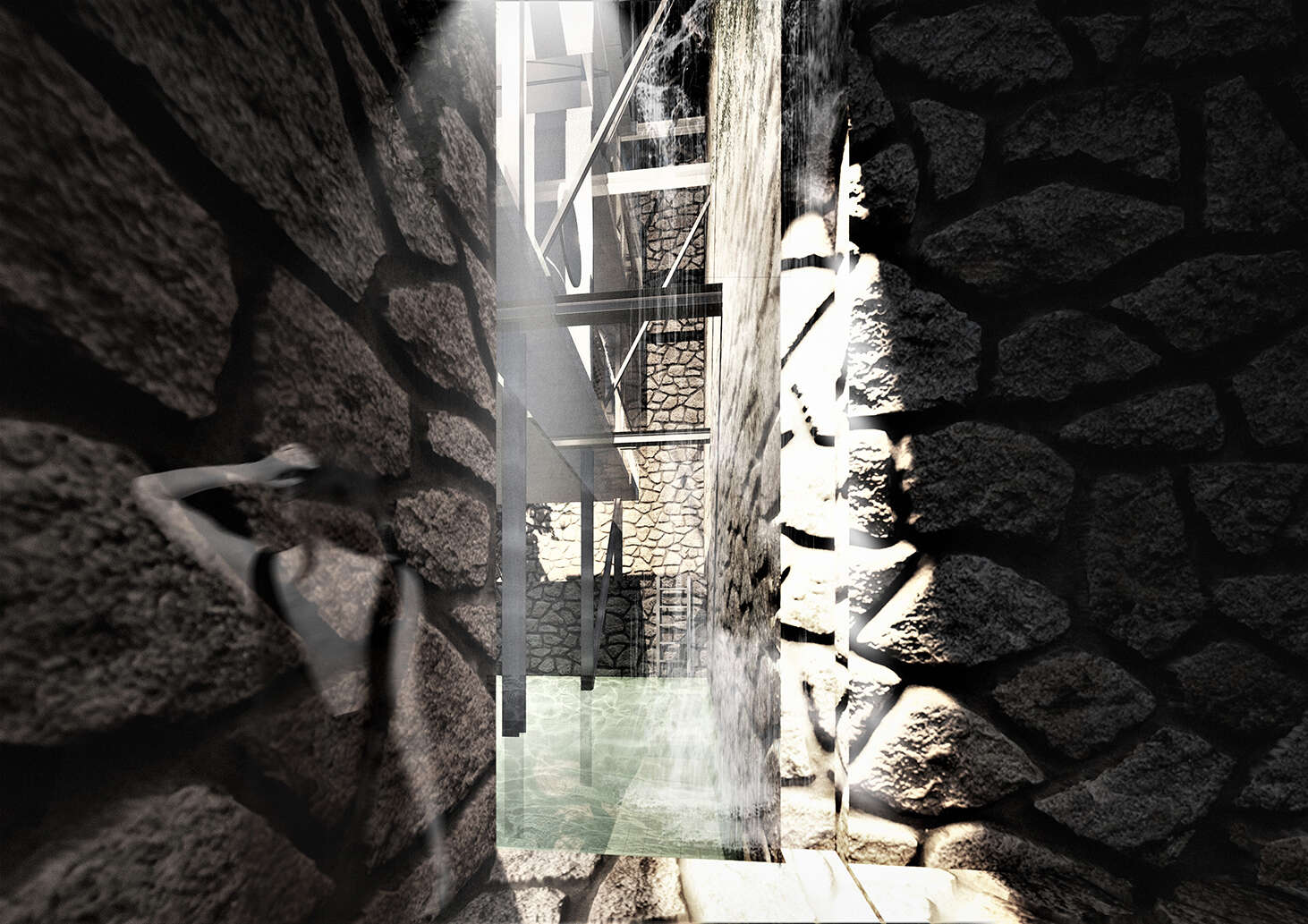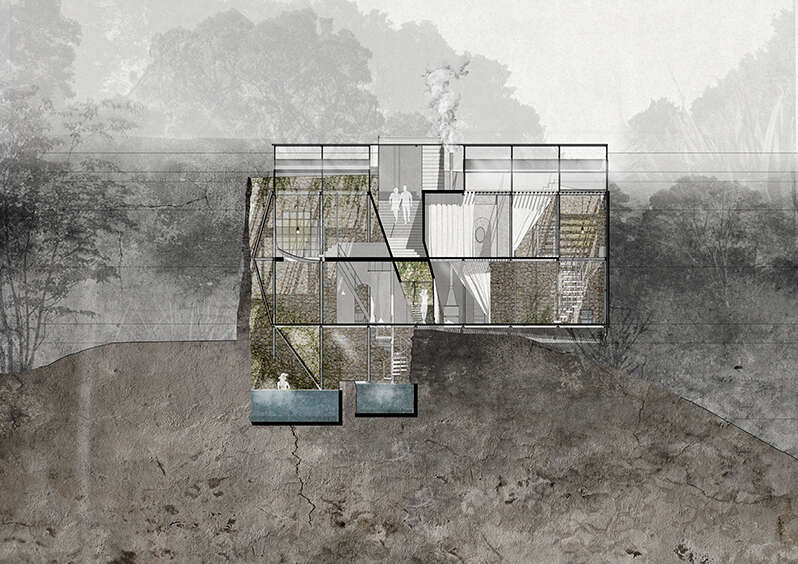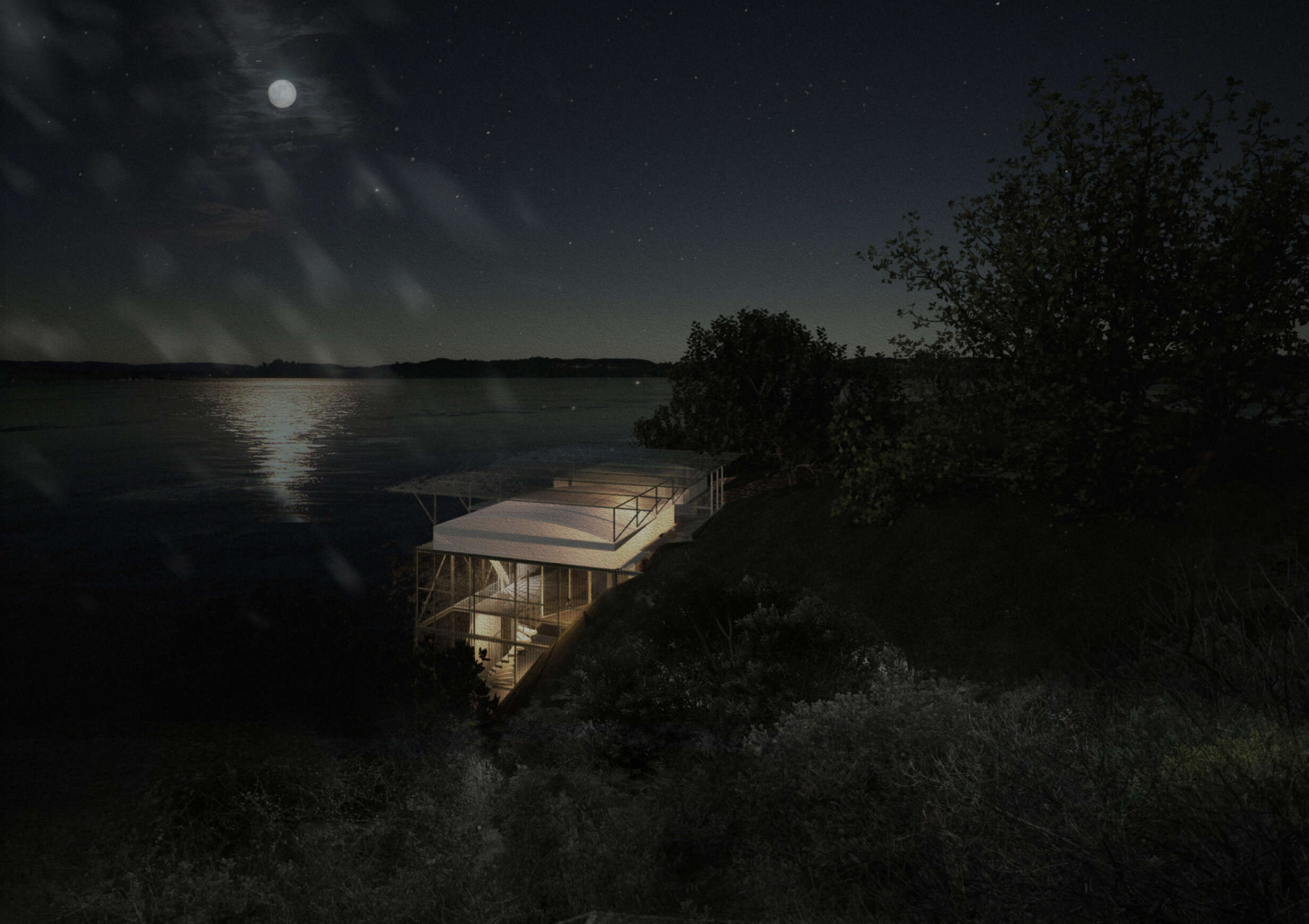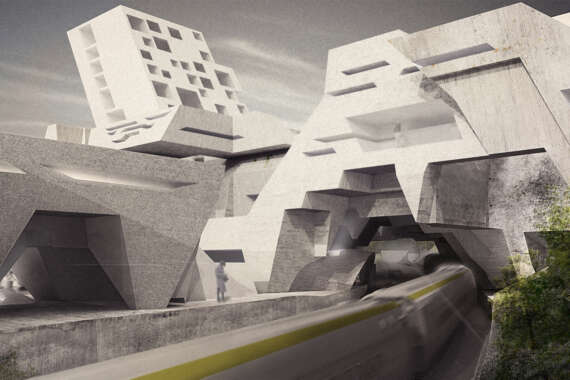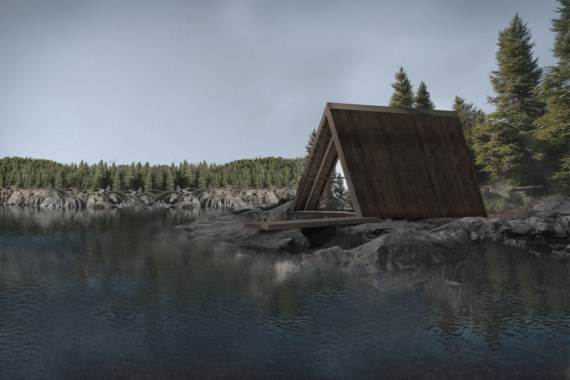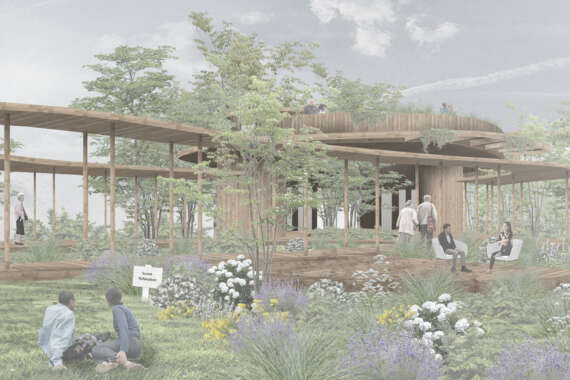The Japanese Atmosphere aesthetic of “Elusive” Architecture

Juhani Pallasmaa is a leading writer on how phenomenology—the philosophical study of the structures of experience and consciousness—influences Architecture. In comparison to Western perceptions of the physical nature of space and objects within it, Pallasmaa commented that "Japanese thinking . . . is founded on a relational understanding of the concept of space." This is the concept of Ma, the unity of space and time in architecture, often expressed as gerunds or verb-nouns.
The Japanese recognize the essence of the verb-in architectural experience, using the notions of "spacing" instead of "space" and of "timing" instead of "time". Echoing this, the film "Tokyo Ride" (2020) unfolds with the Japanese architect Ryue Nishizawa wandering around Tokyo in his car, immersed in a wet, foggy day full of vagueness. He refers to this as Mono no aware, in a natural space of subtle intimacy, and narrates this as oceanic space that is more "verb", "elusive", "moving", "suggestive". How is this conveyed in his Architecture? How does the elusive form maintain its multi-layered rhythm and mystery sensuously in order to ignite imagination and emotion? How does this architecture engage with the ephemerality of its environment and the natural measures of time?







